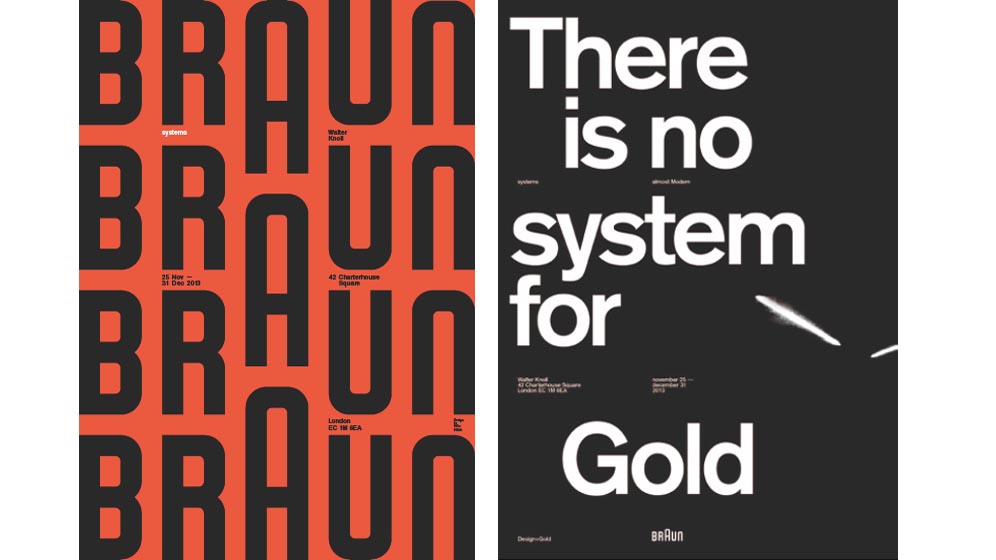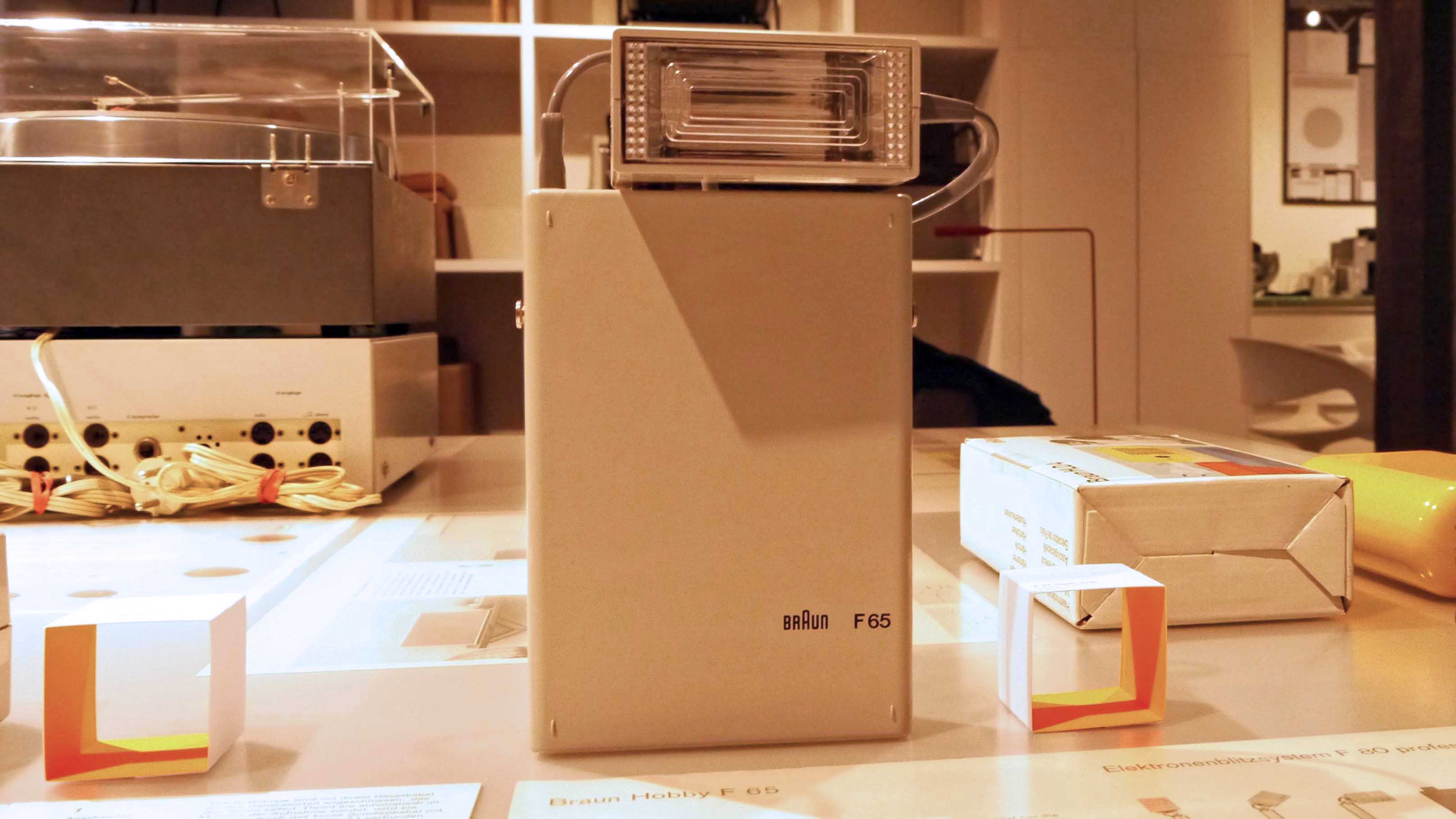Braun identity: How razor-sharp product design inspired Apple and beyond
From Rams to Ive

Much has been made of Jony Ive and his design inspirations; the ideas and influences that have helped shape Apple's most-loved gadgets.
But we rarely get a glimpse of what truly inspires the man. Most of the time Ive's design reasoning is pieced together through his 'whitewashed' vox pops that have become an essential part of an Apple launch.
That changed last November, when Ive alongside fellow designer and friend Marc Newson chose their pick of the greatest designed products of all time to put into a (RED) Auction.
The items chosen were varied, ranging from a limited edition Leica camera to a cosmonaut space suit. But there was one device nestled among the 40 objects of desire that summed up Ive the most. It was a Hi-Fi, dated 1965, made up of a TS 45 control unit, TG 60 tape recorder and two L 450 speakers.
That audio system was produced by Braun and signed by revered designer Dieter Rams. Unsurprisingly it reached $100,000 when it hit auction at Sotheby's.

Rams' inspiration on Apple's senior vice president of design has been well documented. They both share the same industrial design ethos, where a product's look is unobtrusive to how it works. For something to work both function and form need to ring together, rather than work against each other.
Like Apple, Braun's designs have gained a massive following. This was something that was highlighted at the tail end of 2013 when an exhibition of posters inspired by Braun (and in turn Rams) were showcased at the Walter Knoll Showroom in London, under the title of Systems.
Sign up for breaking news, reviews, opinion, top tech deals, and more.
Alongside the artwork, which comprised 34 limited edition posters created by the UK's most influential design firms, were a smattering of Braun products, ranging from '50s electronic equipment - including a 'make your own radio' kit - to the modern-day Braun CoolTec shaver.

The showroom acted as a time capsule which showed just why Braun's products are so admired - because their design is seemingly ageless.
Good design
"It is great to see that 'good design' has evolved in the minds of the consumers."
To get more of an idea of Braun's design link to modern technology, TechRadar spoke to Ben Wilson, industrial designer at Braun, who explained to us that even though technology has significantly improved, Braun's design principles have stayed pretty much the same.
"It is great to see that 'good design' has evolved in the minds of the consumers out there," said Wilson to us when we asked about the Apple link.
"Apple and Jobs together with Jony Ive have done an amazing job in creating products that people 'have to have'. Of course the technology plays a key role but Apple's biggest point of difference to the market is its design, use of materials, fantastic attention to details and the pushing of manufacturing boundaries."
A Braun historian who took us around the event in London explained that while there is much made of Apple's affection to Braun, it is as much about the ethos of the design as the designs themselves.

"What Apple has done with design is give attention to detail," he said. "It is that kind of consideration - that way of thinking about graphic markings and fixings - and about how all those things relate to the production of the design.
When showing us the posters that made up the exhibition, he noted: "Design is not all about the form – it is every part of the process. From using the product to holding it to the packaging. It is that global view of product design that Apple owes a lot to Braun, the thinking about the details."

This devil's detail is certainly apparent Braun's earlier work. Some of Braun earliest designs were shown off, including a modular flashlight where units could be swapped on the device. Released in the 60s, the flashlight ended up having 100 different pieces made for it over that decade.

Marc Chacksfield is the Editor In Chief, Shortlist.com at DC Thomson. He started out life as a movie writer for numerous (now defunct) magazines and soon found himself online - editing a gaggle of gadget sites, including TechRadar, Digital Camera World and Tom's Guide UK. At Shortlist you'll find him mostly writing about movies and tech, so no change there then.